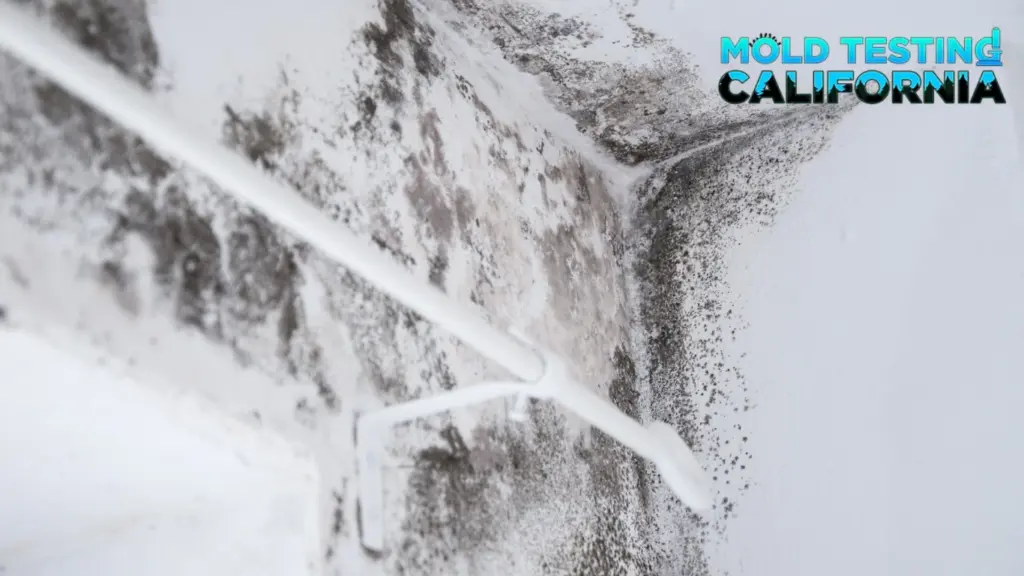Preparing your home for mold remediation is an essential step to ensure the process is effective and completed with minimal disruption. Mold removal services can be extensive, so taking time to prepare your home helps professionals work efficiently and safely, while also protecting your belongings.
Clear the Area for Easy Access
Before the mold remediation team arrives, it’s important to clear the affected areas of furniture, personal belongings, and any other items that could obstruct access. This not only allows the professionals to work more efficiently but also minimizes the risk of contaminating your valuables with mold spores. Be sure to remove any sensitive items from rooms that may have mold growth, particularly electronics, books, and fabrics. The more accessible the affected areas are, the quicker the mold remediation process will be.
Seal Off Unaffected Areas
During mold remediation, it’s crucial to contain the spores within the affected zones to prevent cross-contamination throughout your home. You can help by sealing doors, windows, and vents that lead into unaffected areas. If possible, create a barrier around the space with plastic sheeting to keep the air in the contaminated areas from circulating into other rooms. Discuss with the mold remediation experts if additional containment measures should be put in place, especially for larger infestations. This proactive step limits the spread of mold spores, ensuring a more thorough job.
Ensure Proper Ventilation and Airflow
Proper ventilation is key during the mold remediation process to keep the indoor air quality safe and to help dry out affected areas. If possible, increase airflow in the affected rooms by opening windows or using fans, but only if it won’t lead to the spread of mold spores to other areas. Mold remediation professionals often use air scrubbers and HEPA filtration systems to purify the air during the process, but good ventilation beforehand can speed up the removal and drying process. If your home has poor ventilation, you may want to discuss options for improving airflow with the team.
Prepare for Temporary Disruptions
Mold remediation is often a disruptive process, particularly when larger areas are involved. It’s important to prepare for temporary discomfort, such as loud equipment or dust. The remediation process may take several hours or even days depending on the severity of the mold issue. Make plans for staying away from the affected areas during this time to ensure your safety. Inform your family members, especially children or anyone with respiratory conditions, about the potential risks of exposure during remediation.
Proper preparation for mold remediation ensures that the process is completed as efficiently and safely as possible. Clearing the area, sealing off unaffected zones, ensuring adequate ventilation, and preparing for temporary disruptions can help the professionals do their job effectively. Taking these steps will help restore your home to a safe, mold-free environment quickly.
Learn more:
How Mold Remediation Services Assess the Extent of the Problem
The Importance of Initial Mold Inspection for Remediation

